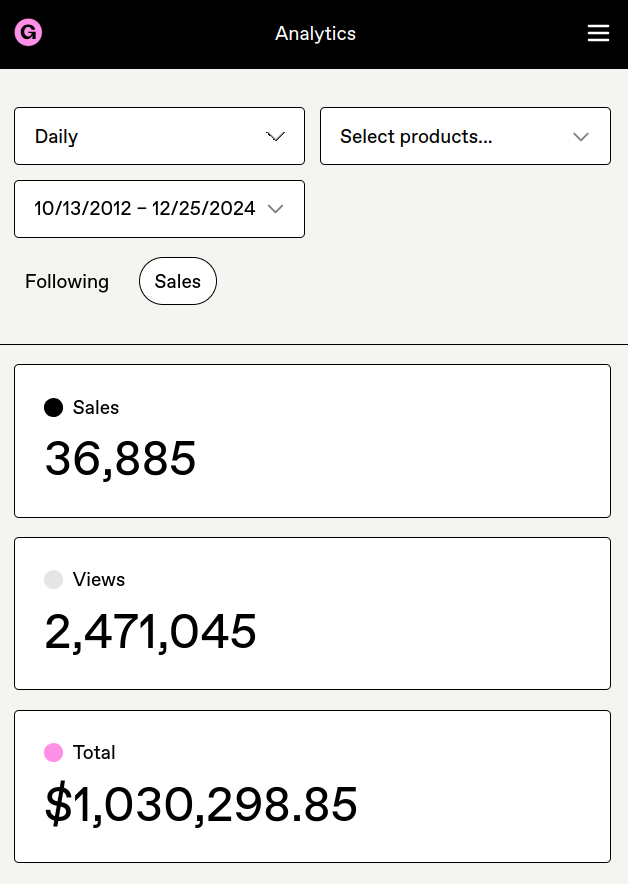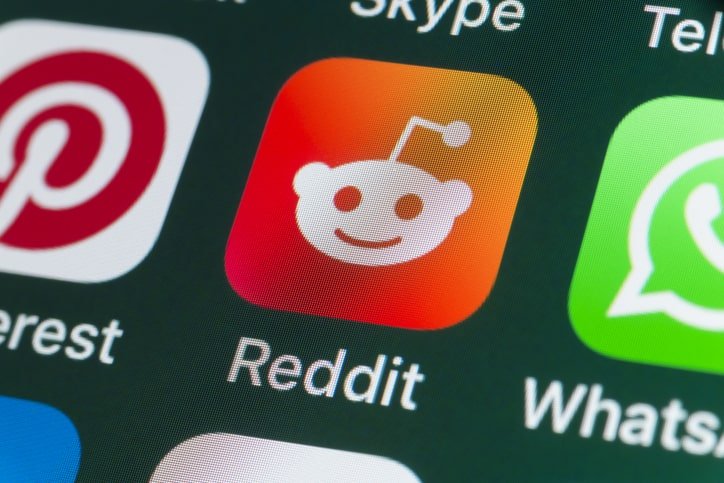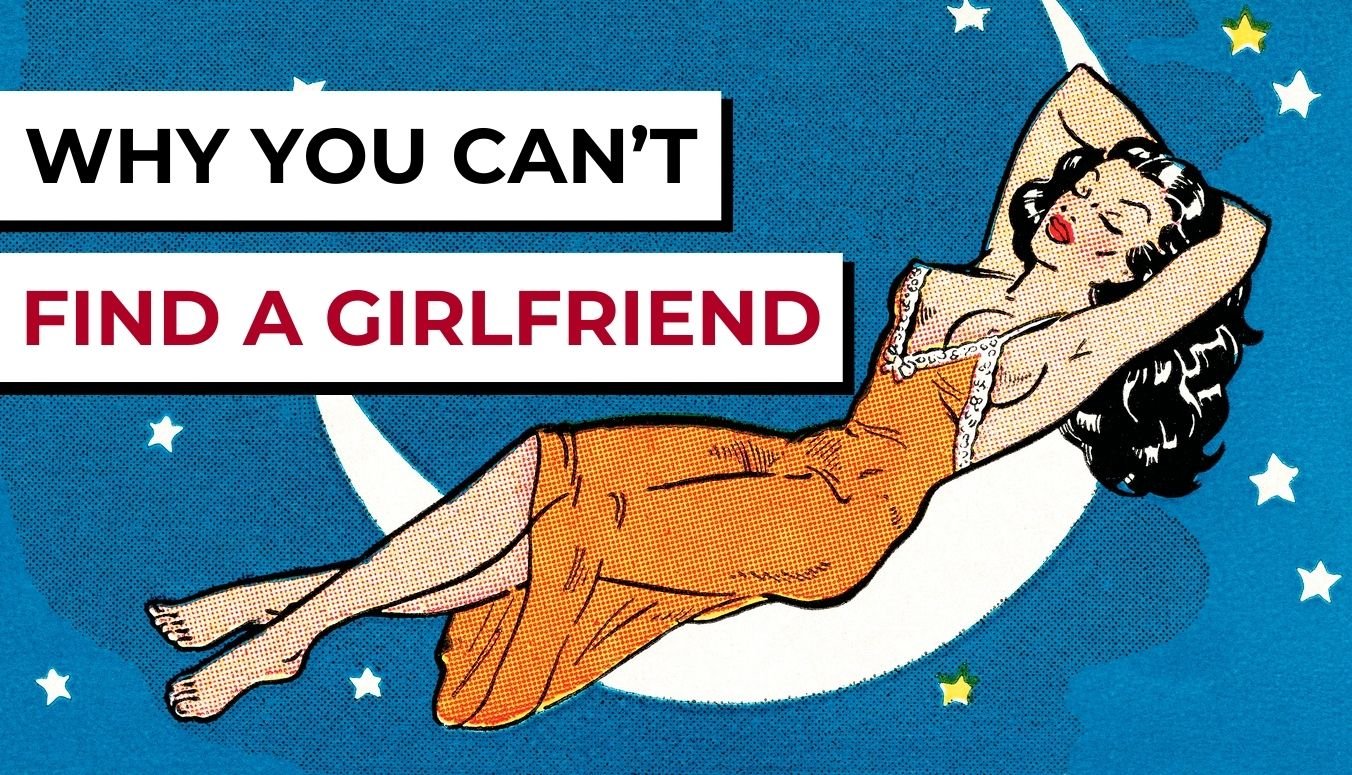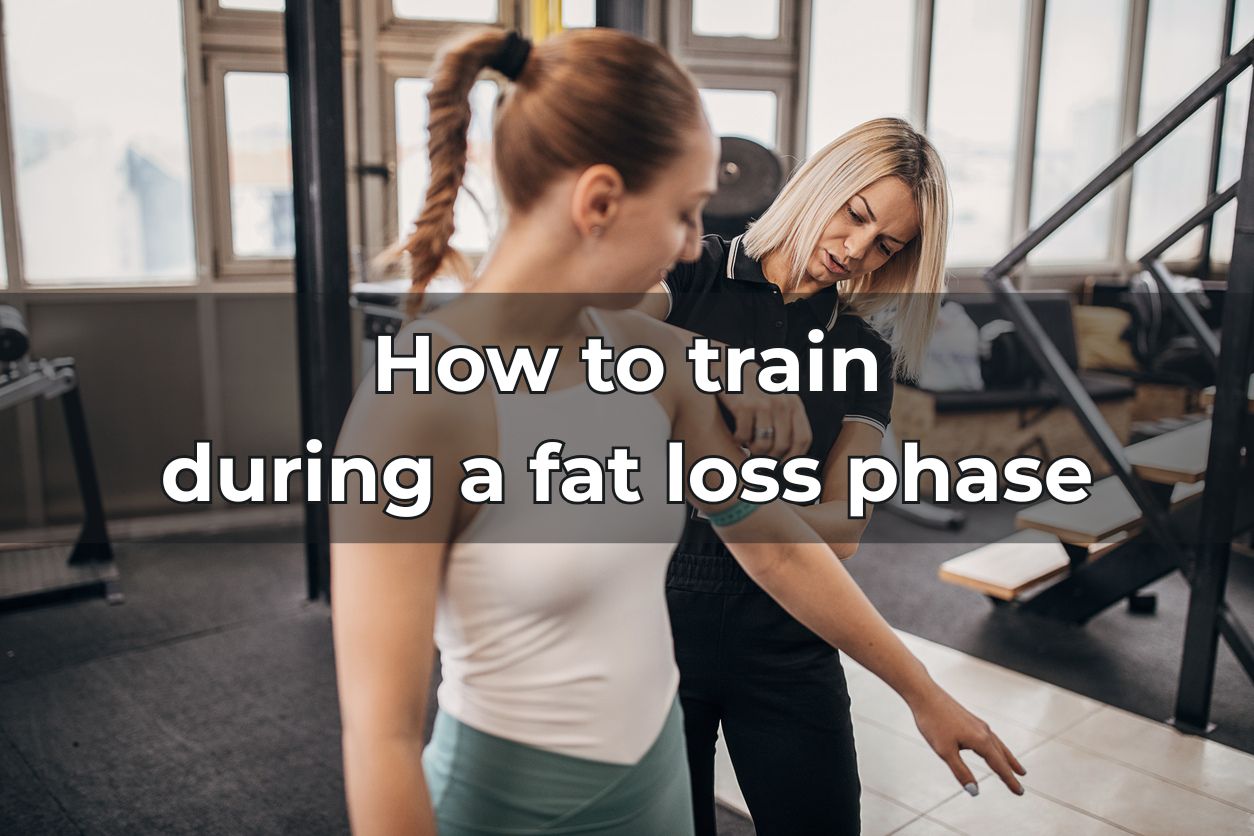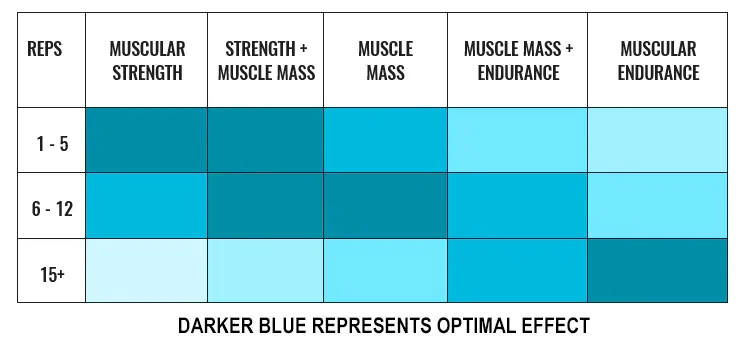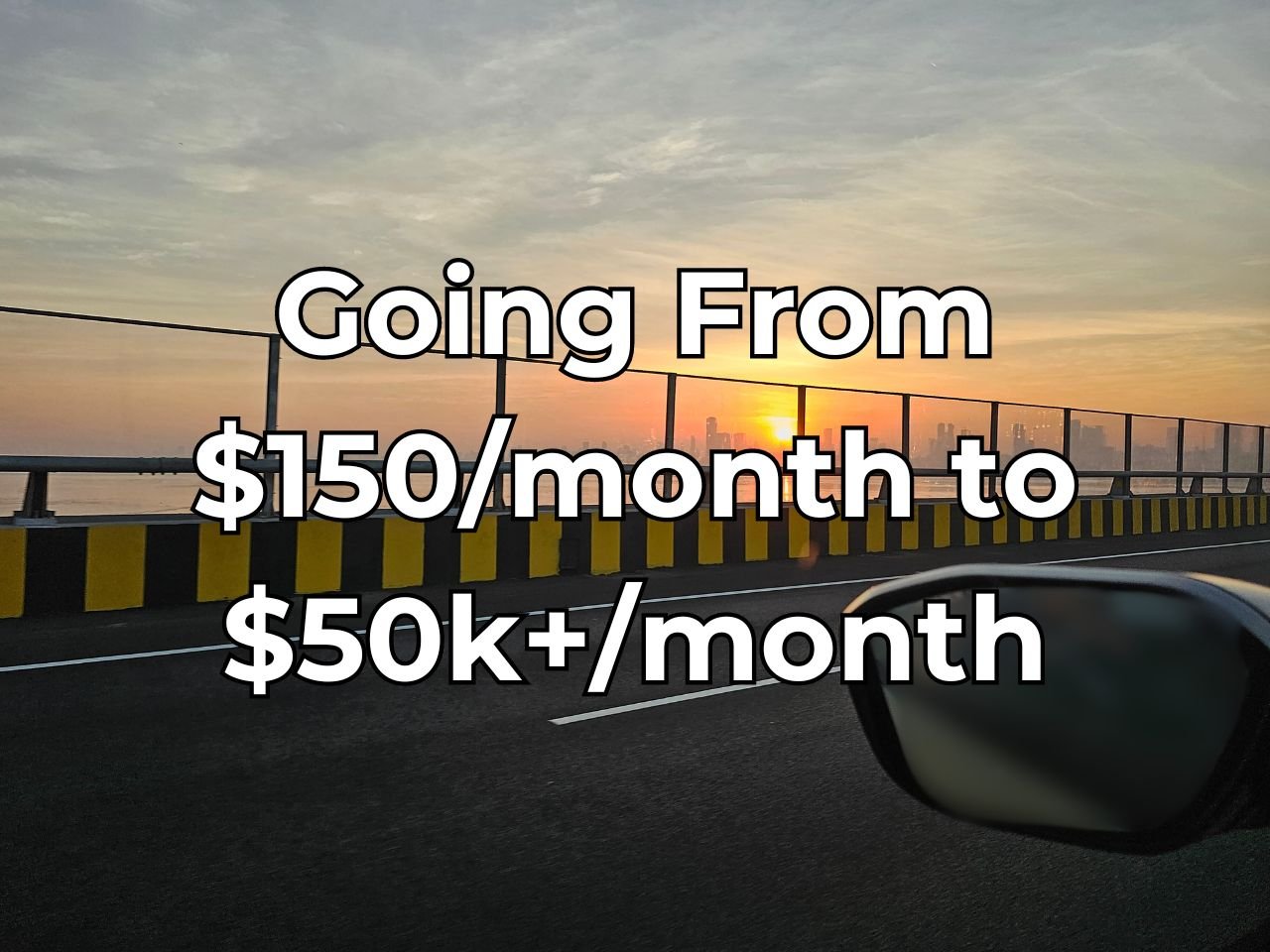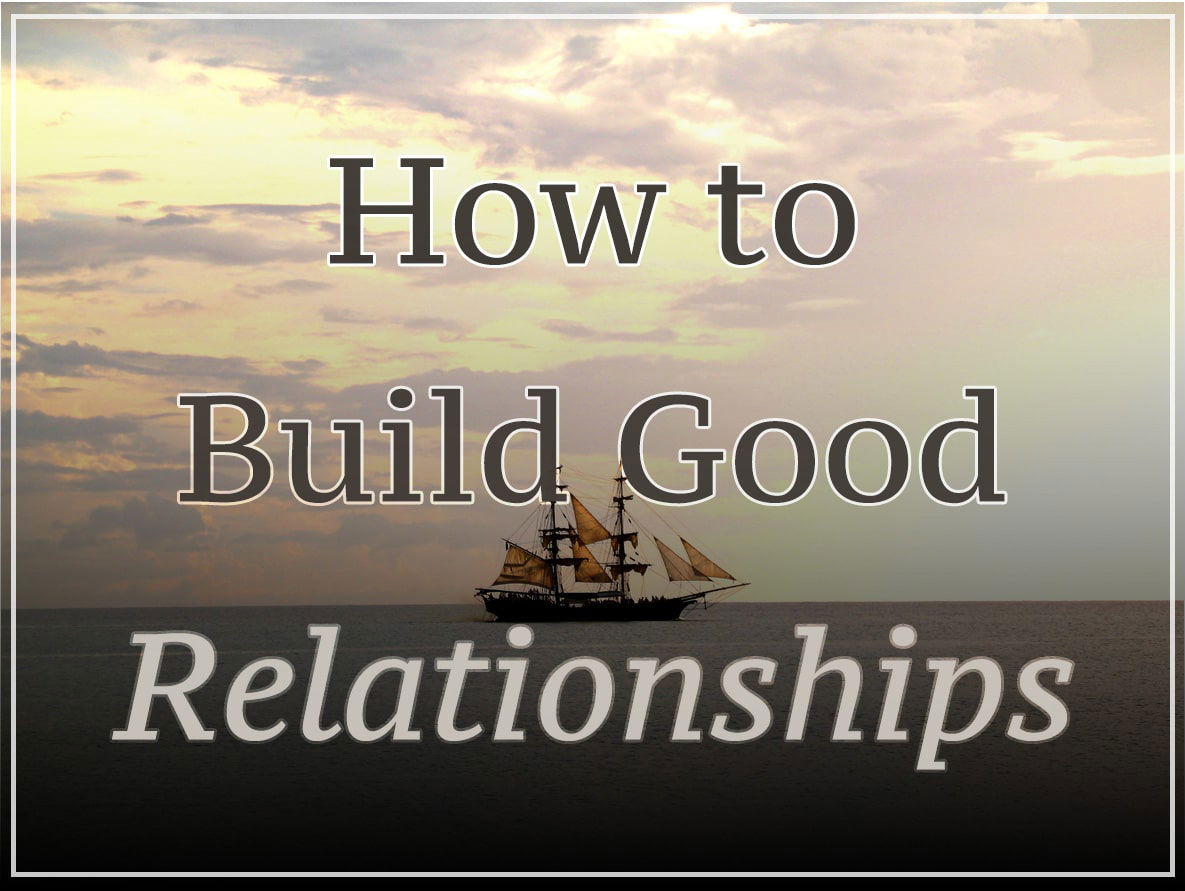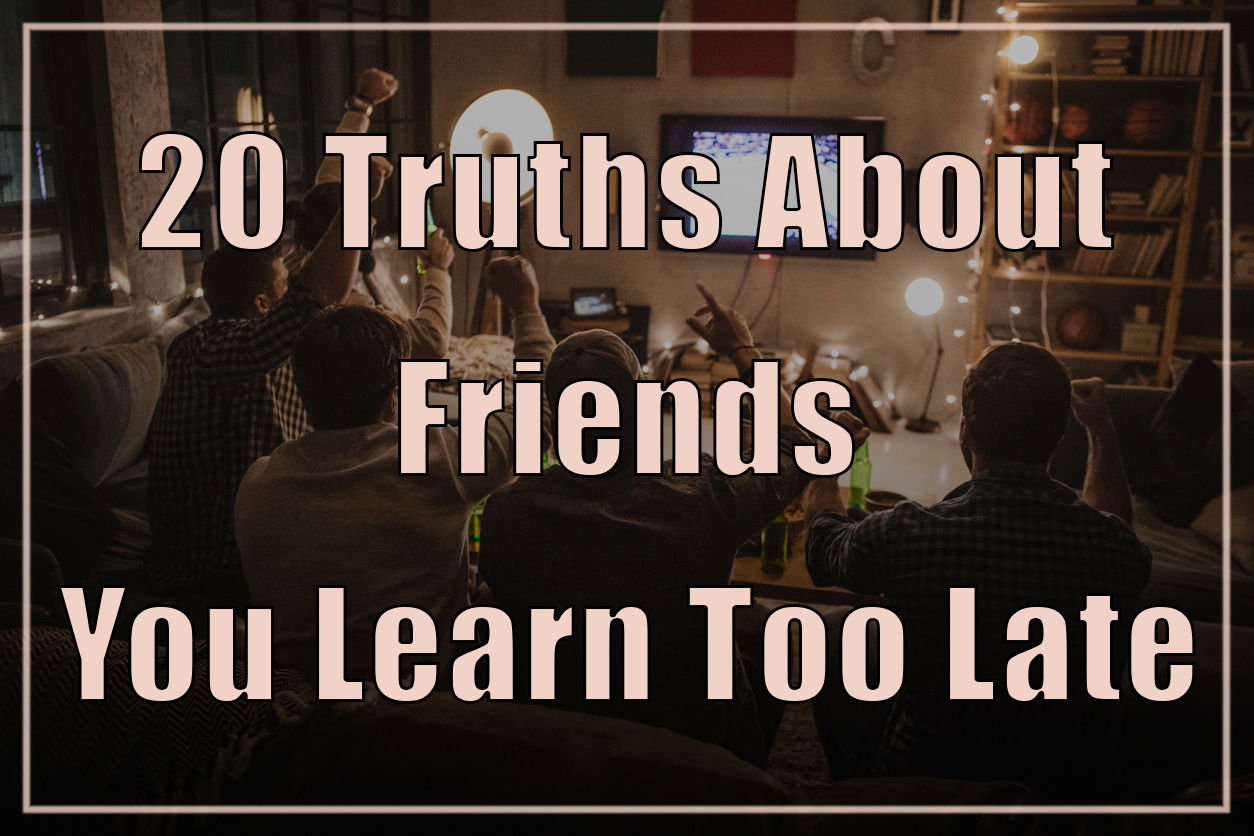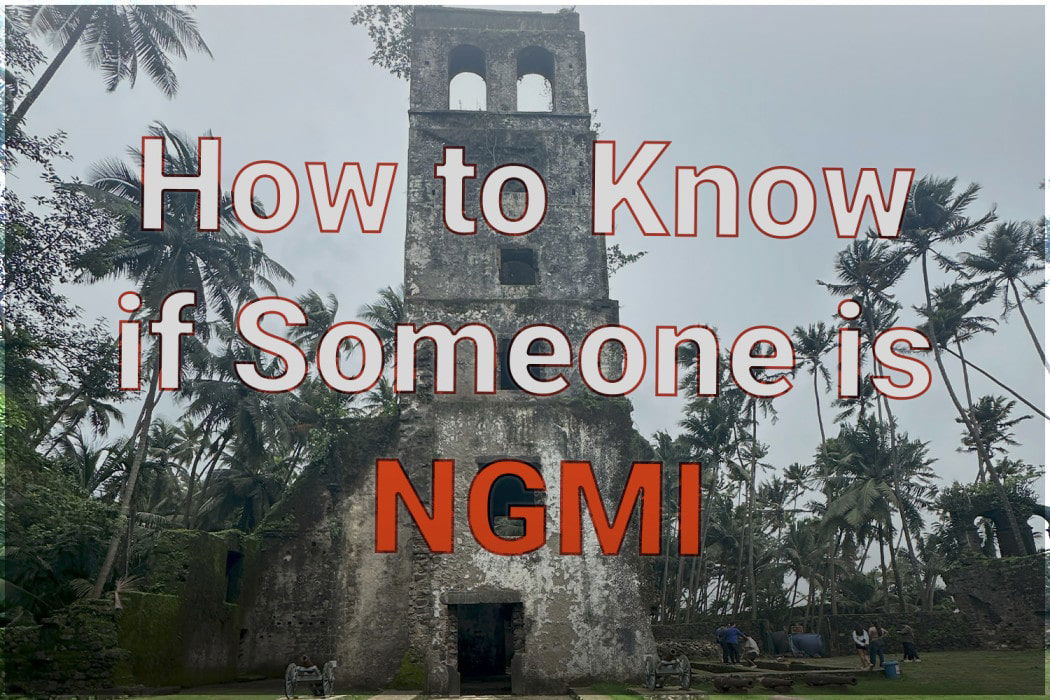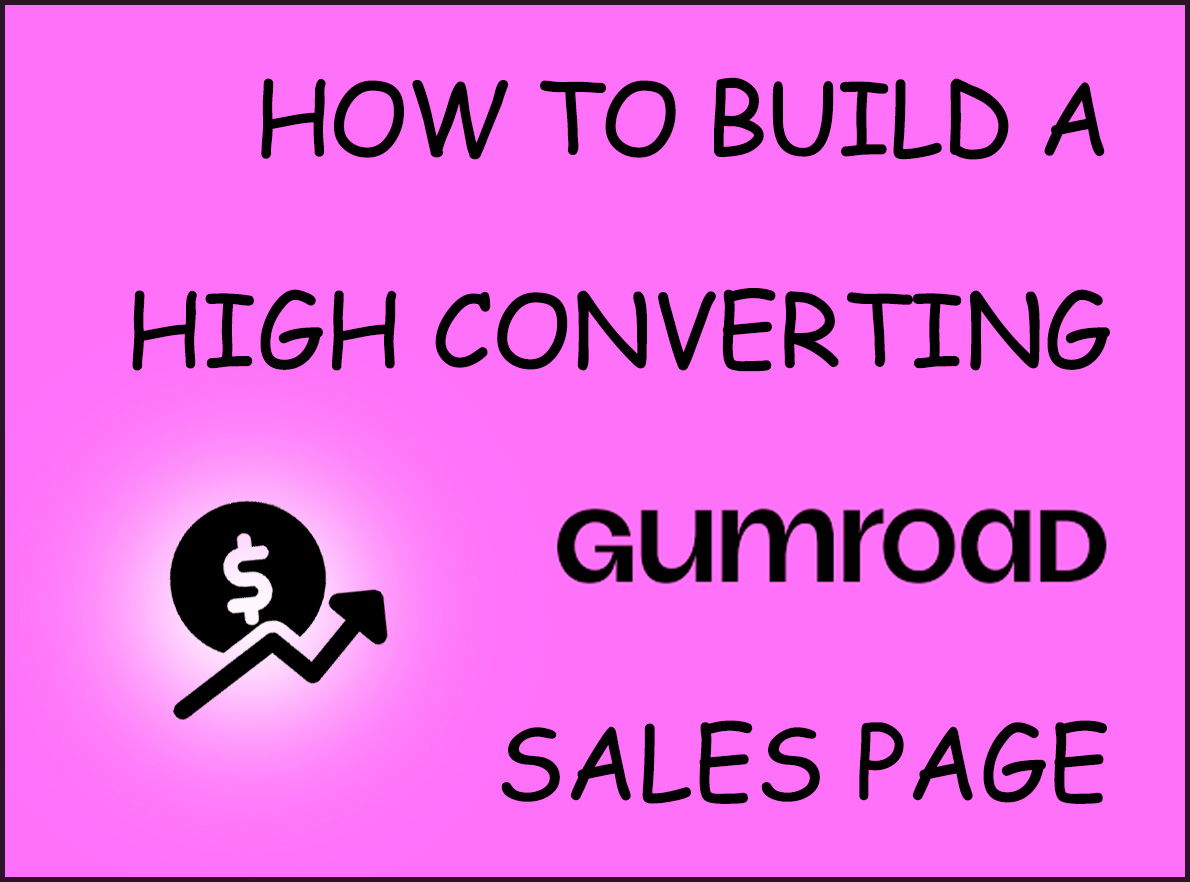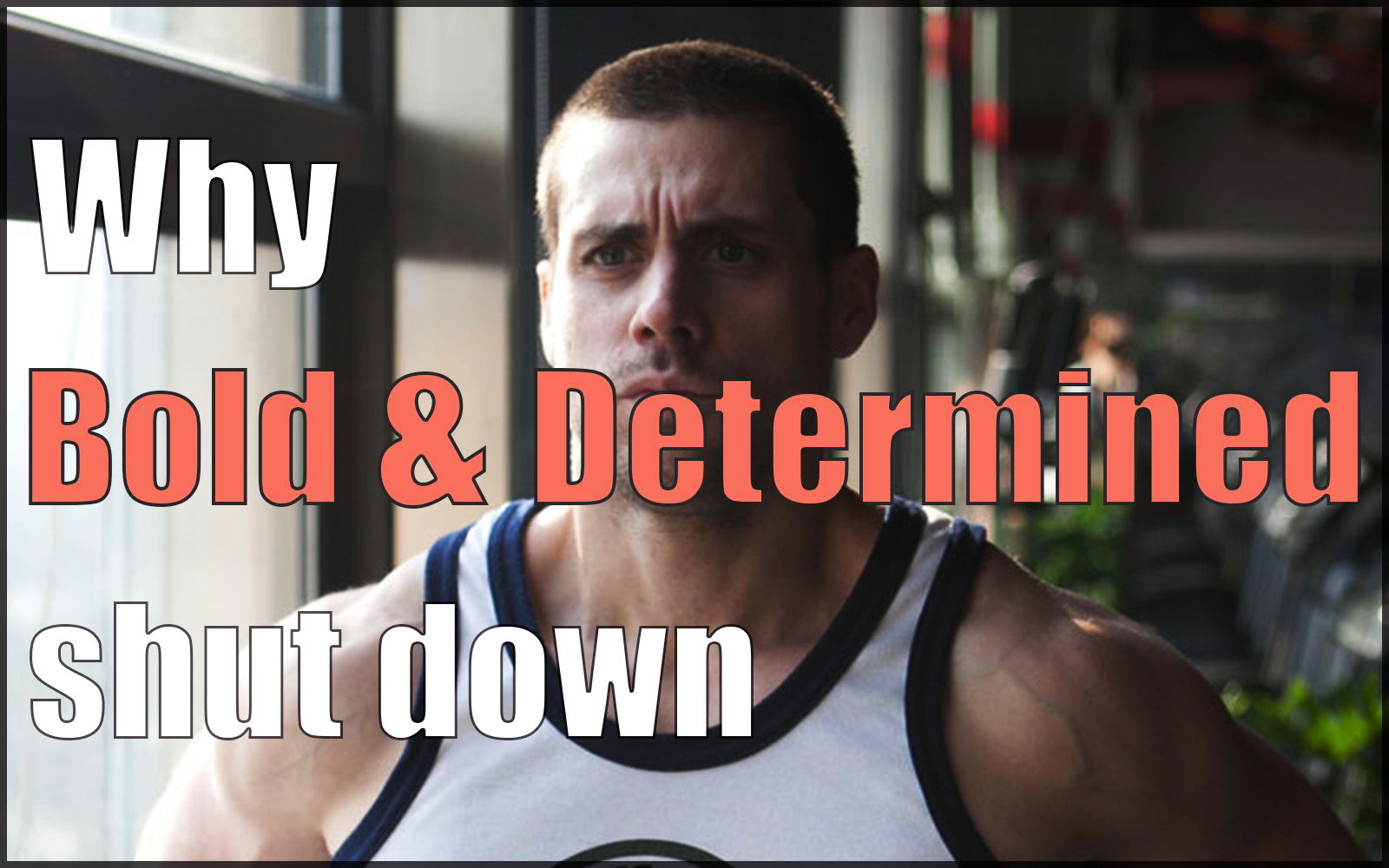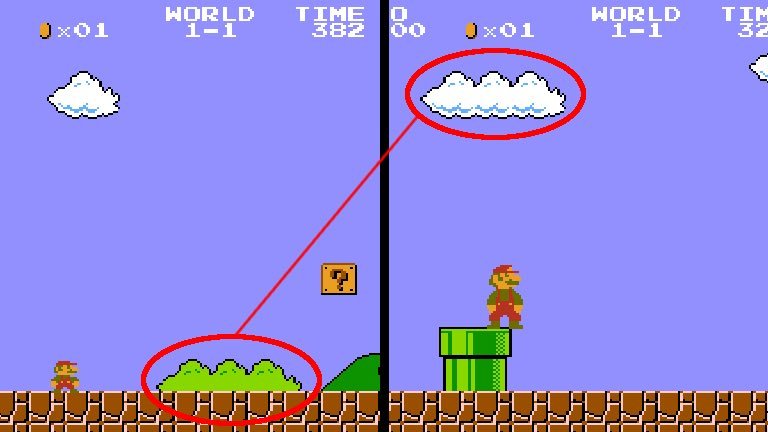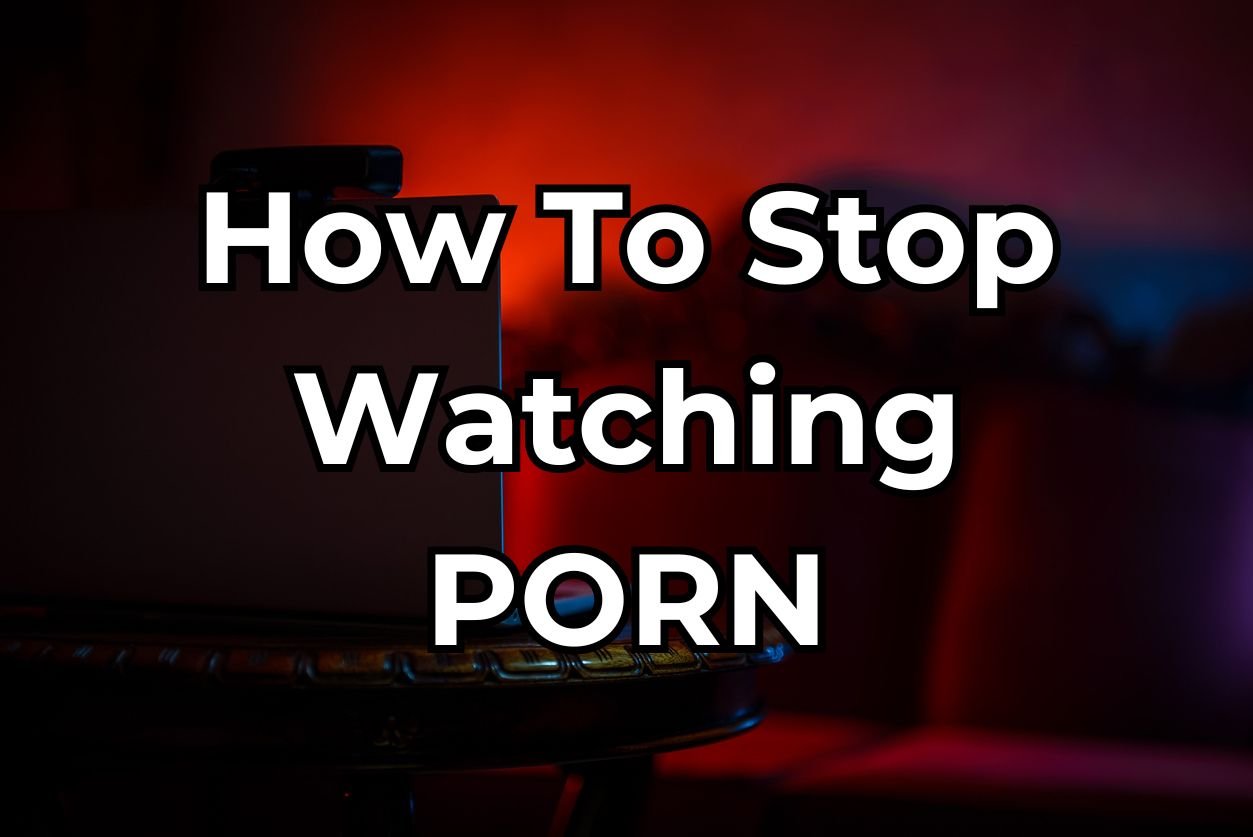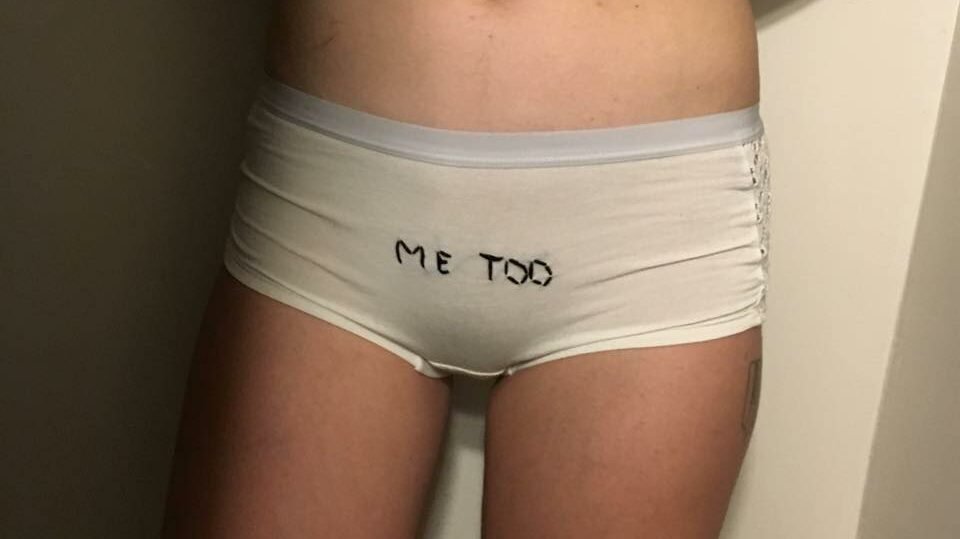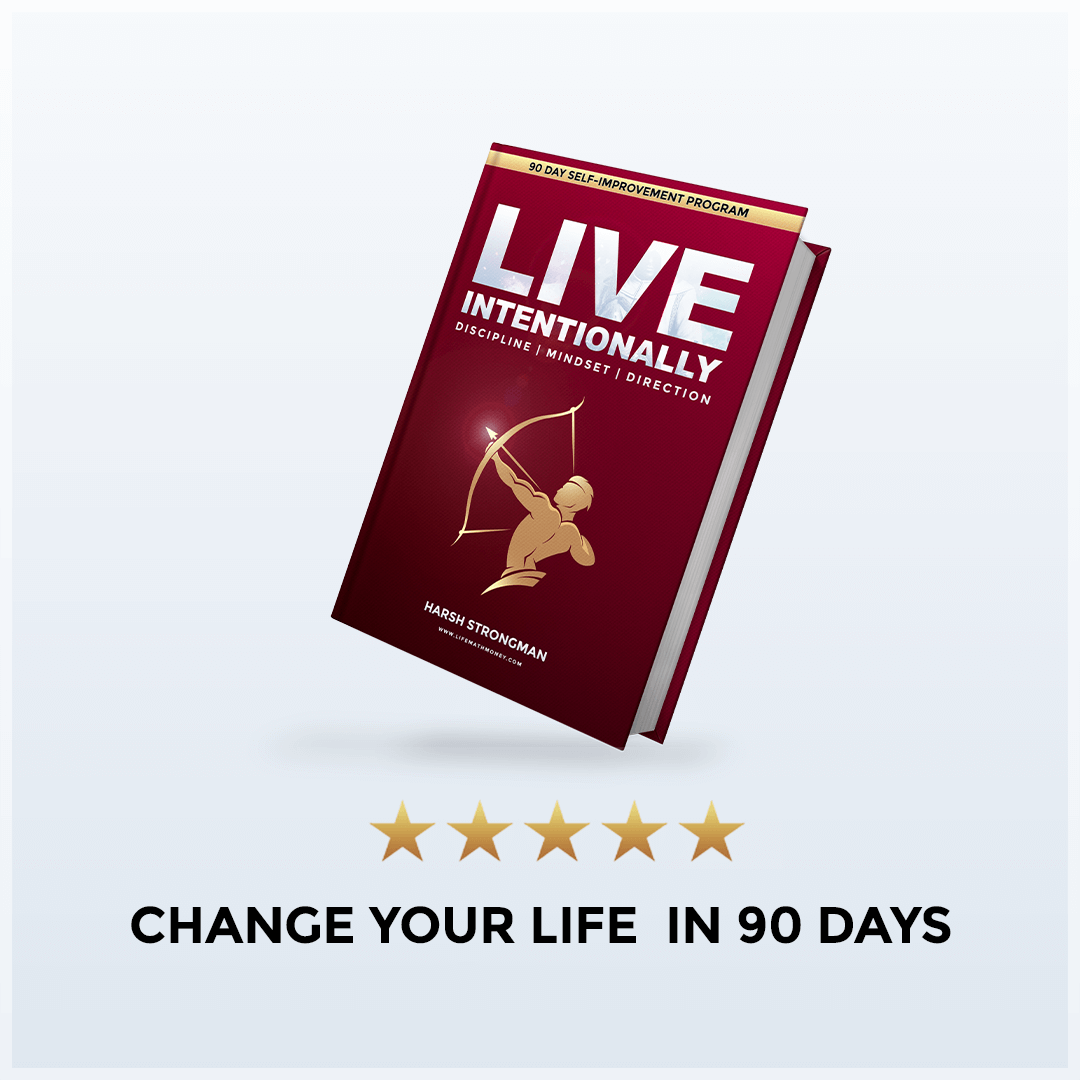A lot of people really sweat unsubscribe rates. First of all, here is how you calculate it:
Number of unsubscribes
divided by
Number of emails sent
Some people like to exclude bounces in the denominator but it hardly makes any difference if you have double opt in enabled (as people can’t make up random emails and clutter your list with junk).
What is a Good Unsubscribe Rate?
A good unsubscribe rate is anything under 0.5%.
0.5% to 1% is the industry average – no need to sweat it.
A consistent unsubscribe rate of 1% or more means you are either spamming people or sending irrelevant or low quality content. You need to improve your content and/or make it more relevant to the audience.
More than 2% and you need to change something fast.
| Unsubscribe Rate | Meaning |
| Less than 0.5% | Highly engaged list. Good job. |
| 0.5% to 1% | Within acceptable range. No need for concern. |
| More than 1% | Need to improve content quality and/or relevance. |
| More than 2% | You are doing something very wrong (especially if coupled with a very high complaint rate). It could something trivial like an unrecognizable sender name or something serious like actual spamming. Whatever it is, you need to fix it fast. |
Sometimes high unsubscribe rates are not your fault and you just need to push though it. For example, one time an email sign up link of mine ended up in some KPOP thread and I got 1000+ sign ups from literal teenage girls.
The next few emails had high unsubscribe rates as these people were not interested the topics I cover (self-improvement, mindset, fitness, social skills, business). No big deal.
If you want to check it out, you can sign up to my email list here.
If you aren’t a spammer, don’t sweat about unsubscribers.
I was talking to a friend of mine (Jay the founder of Zylvie and Zlappo) and he told me he barely sends any emails to his email list.
Listen: Harsh and Jay talk about starting a SaaS company.
I asked him why not, and he told me that he didn’t want to piss off people by sending frequent email and risk getting unsubscribers.
He is not alone in this.
So many writers are so afraid of unsubscribes that it prevents them from emailing to their list at all or limits them to sending email very rarely.
It reminds me of the time when I bought some expensive perfume. I spent ~$100 on a 50ml bottle. This was back when I used to make only $1000 a month so it was a big deal for me.
I barely used that perfume because I didn’t want it to “run out”. It stayed in my closet for months and months, and then when I was taking something out, the glass bottle fell and broke.
Oops, I just lost all the expensive perfume. I would have been better off if I had actually used it.
Now when I look back, I learned a very important lesson about being bold and carefree at a very cheap price.
Back to email list unsubscribe rates, unless you are:
- Spamming people
- Sending irrelevant content
- Sending low quality content
You should focus on sending more email rather than worrying about unsubscribes.
Why You Shouldn’t Care About Unsubcribers
1) Think of your email list like a ship.

If you have a ship, you are supposed to take it out in the ocean and use it for what you got it for – be it catching fish, entertainment, or whatever else.
The ship was not meant to sit and rust on the harbor because you were afraid that using the ship would depreciate or damage the vessel.
It’s an email list. It’s supposed to be emailed to. It’s not supposed to just sit there doing nothing.
People gave you their email address because they wanted to hear from you. If they don’t want to hear from you, let them unsubscribe.
2) Unsubcribers improve your list and make it more engaged.
As counterintuitive as it sounds, unsubscribers are actually a net positive for your list.
Who is the type of person who cares little about you, is the least likely to read your emails, or buy anything from you?
The guy who unsubscribes.
When you see someone unsubscribe, you should be happy because he has made your list better and more focused.
It is better to have a list of 1000 people who actually care about what you have to say and want to read you than to have a list of 5000 people who don’t care about you much.
You want a high quality list, not just a big list.
Unsubscribers help you get there. They are doing you a favor whether you realize it or not.
3) Emailing People Who Don’t Care is a Waste of Money.
To add to point #2, it actually costs money to send people emails. I pay ConvertKit thousands of dollars a year to send emails.
Why would I waste my money on sending emails to people who did not care to read them?
If someone doesn’t want to read me, please click unsubscribe and leave.
In fact, I actually KICK people out if they don’t open my emails enough.

Every few months, I purge cold subscribers.
Why would you waste money sending emails to people who don’t want to read them? It doesn’t make sense.
I just send them one email notifying them that they have been unsubscribed and why along with a sign up link they can use to resubscribe if they want to. Pretty simple.
Some Stats From My Email List
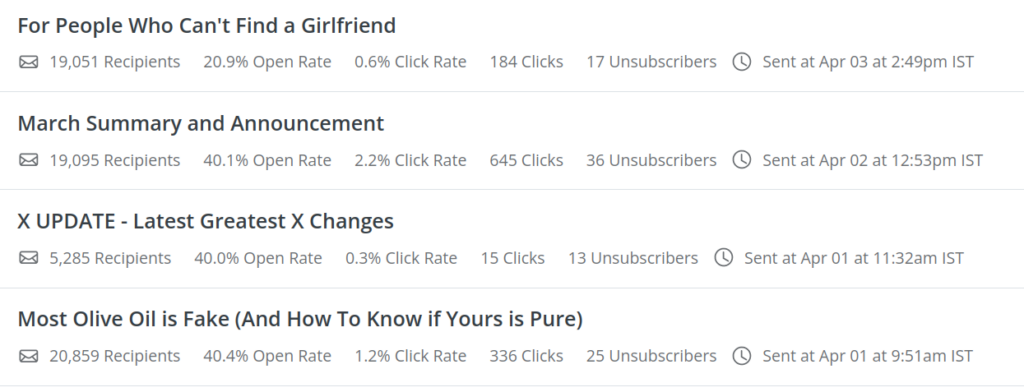
The LMM Email list has an unsubscribe rate of ~0.1% on average. As you can see I send emails very frequently.
Also, the list is well segmented so not every email goes to everyone on the list. For example, the X Update Series is a special newsletter only for buyers of The Art of Twitter.
The average open rate for most writers is around 25%. My open rate is close to 40% – much higher than average because I focus on high quality and relevant information.
If you want high open rates, then the content has to be high quality otherwise people wouldn’t read it.
It also has to be relevant, because if I start sending out makeup advice to my email list of 80% men, few people would open them and many would unsubscribe.
The main thing you need to focus on is high quality (useful) relevant content. If you can do that, then in the long run you will have high open rates and low unsubscribe rates. It’s that simple.
– Harsh Strongman
P.S.: Open rates are only a directionality helpful metric because they are not as accurate as they used to be.
Email privacy features lead to a lot of false negatives (opened but doesn’t get tracked as opened), and spam filters that load the tracking image or check the links for viruses lead to a lot of false positives (didn’t open but gets tracked as opened).


